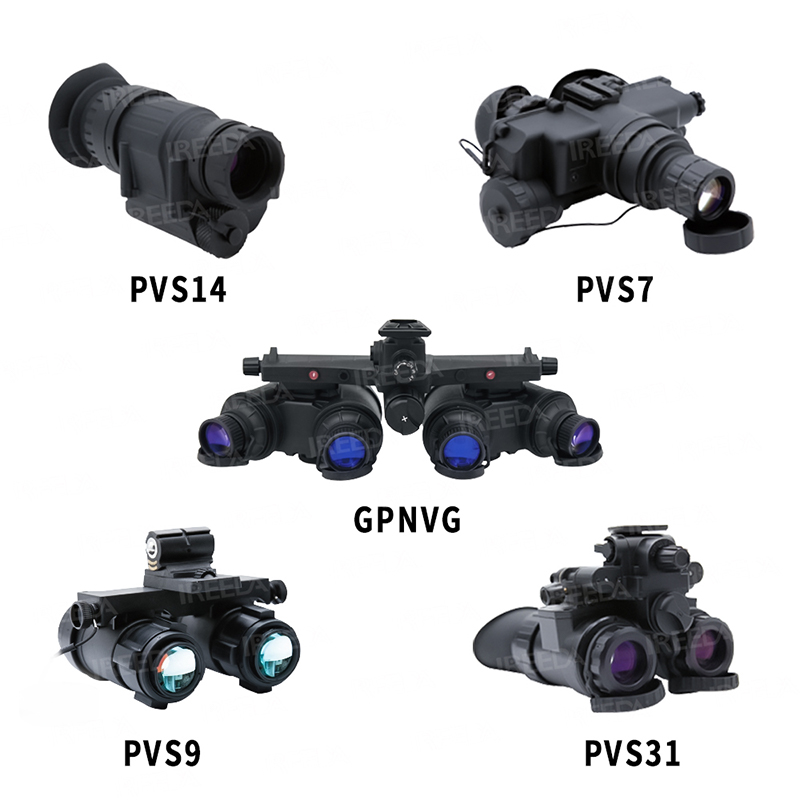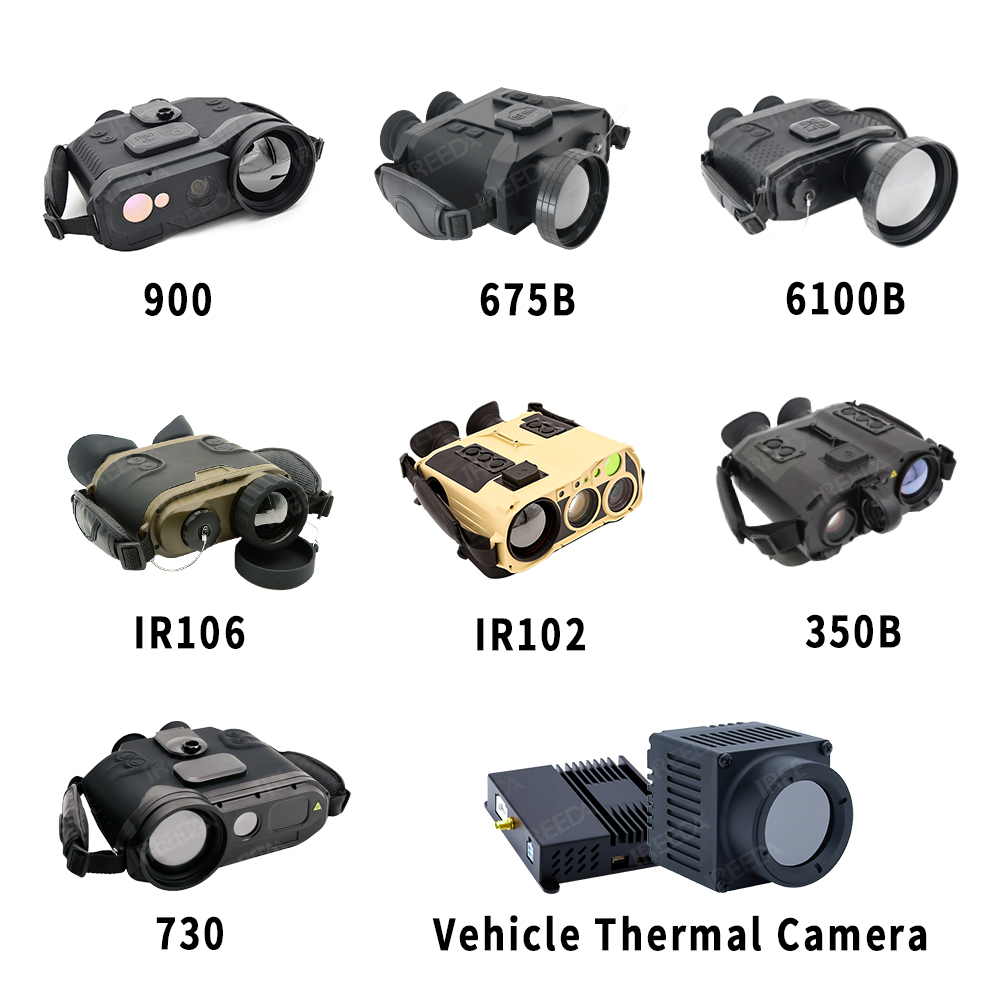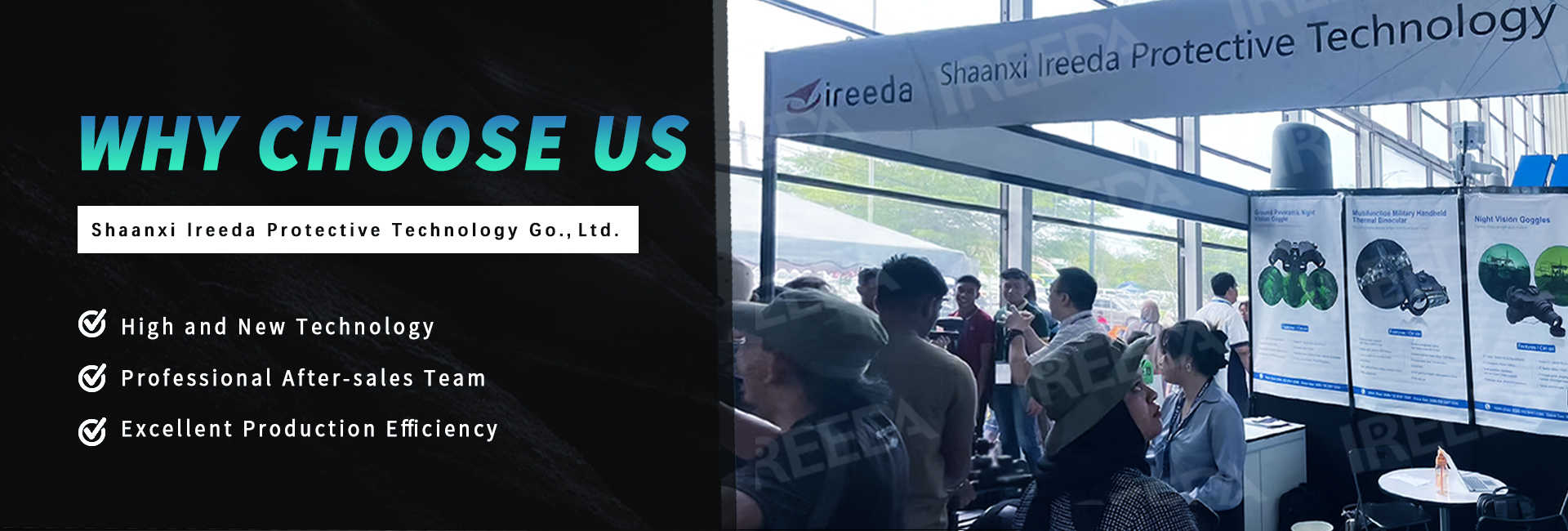Illuminating the Darkness: A Comparative Analysis of Infrared vs. Low-Light Night Vision Technologies
Shaanxi Ireeda Protective Technology Co., Ltd.
Engineer Manager : Ms.Melin
WhatsApp: +8618291418396
E-mail: melin@ireeda.com
In nighttime surveillance and nocturnal operations, two dominant technologies emerge as optical game-changers - Infrared (IR) Night Vision and Low-Light (LL) Night Vision devices. While both serve the fundamental purpose of enhancing human vision in darkness, their operational philosophies and application scenarios differ dramatically.
1. Photon Manipulation: Core Technological Divide
IR systems actively create illumination using infrared wavelengths (700nm-1mm) invisible to naked eyes, then capture reflected radiation through specialized image sensors. This self-contained illumination method enables reliable performance in absolute darkness.
LL devices adopt a passive approach, amplifying existing ambient light (moonlight/starlight) up to 50,000x through photon multiplication tubes. Their effectiveness directly correlates with environmental light levels, making them light-hungry technology.
2. Signature Visibility & Operational Stealth
Modern IR systems (Gen3+) operate at 940nm wavelength - completely undetectable to standard night vision equipment. Military-grade LL devices maintain zero electronic emission, becoming the preferred choice for covert operations requiring complete electromagnetic silence.
3. Spectral Performance Characteristics
-
IR Imaging: Delivers high-contrast thermal signatures (excellent for detecting warm objects)
-
LL Amplification: Preserves natural color gradients (superior for terrain recognition)
-
Resolution: LL systems typically offer 45-72 lp/mm vs IR's 32-45 lp/mm
-
Latency: IR cameras have inherent 50-100ms processing delay vs LL's real-time optical amplification


Shaanxi Ireeda Protective Technology Co., Ltd.
Engineer Manager : Ms.Melin
WhatsApp: +8618291418396
E-mail: melin@ireeda.com

